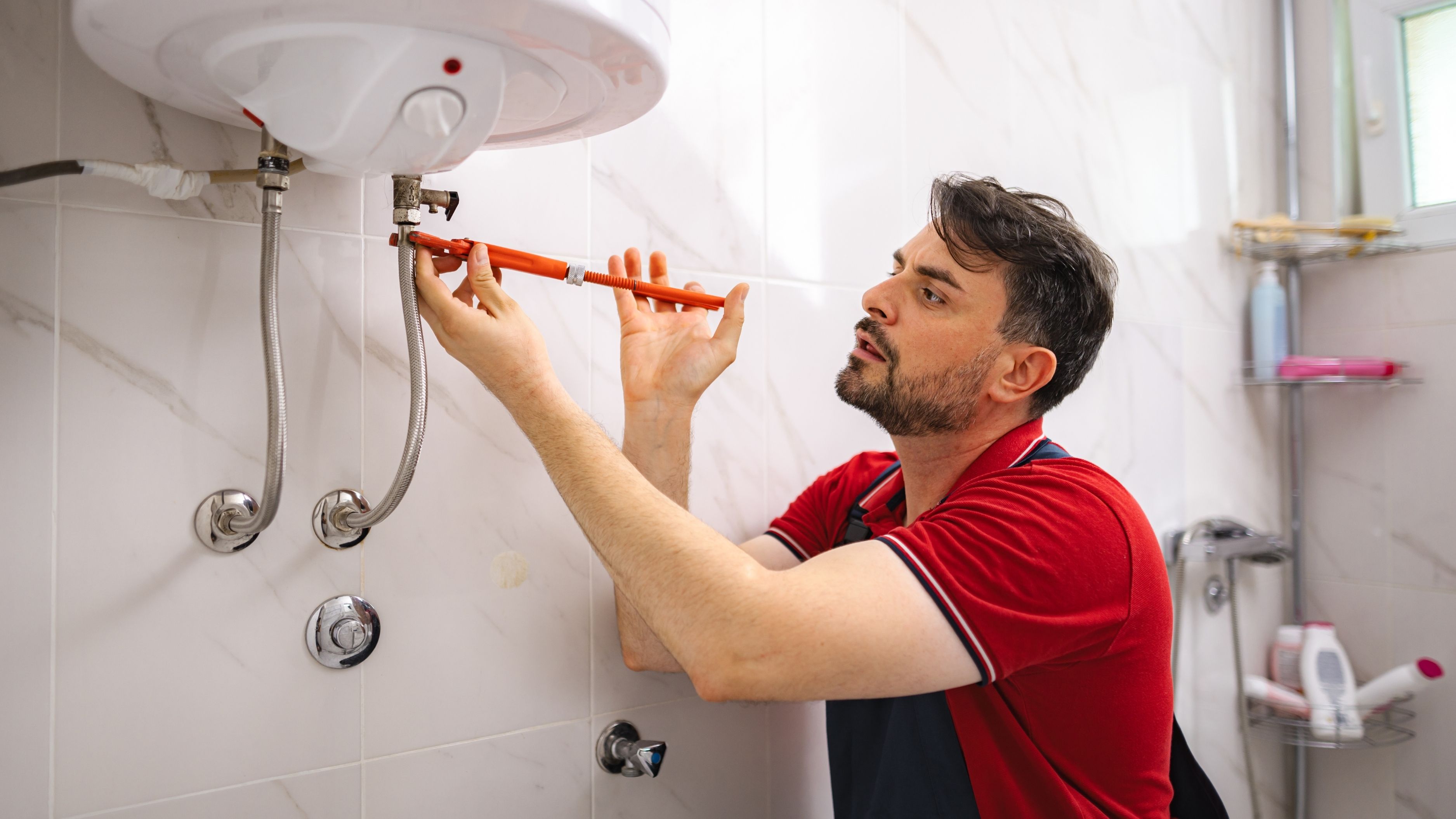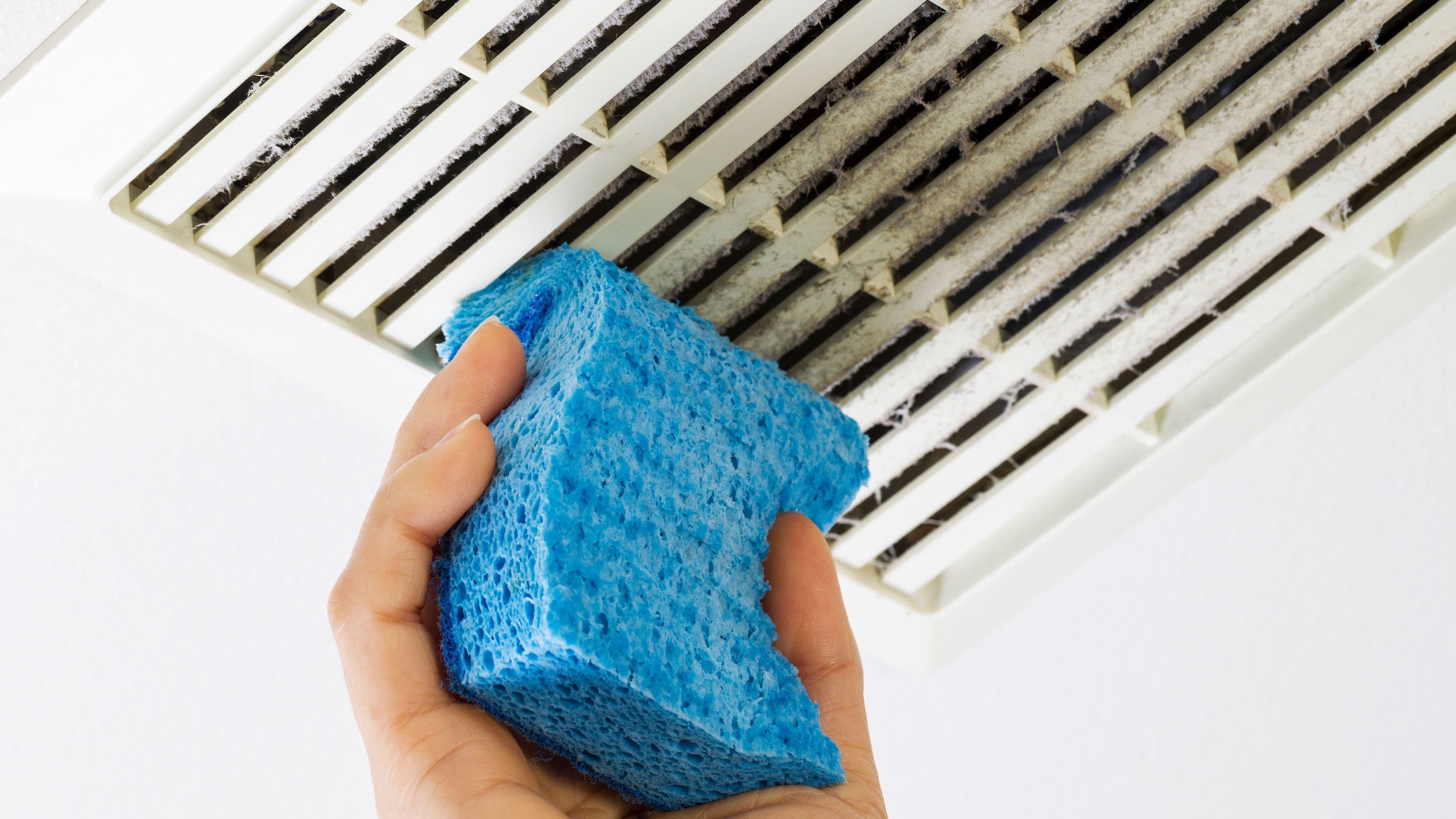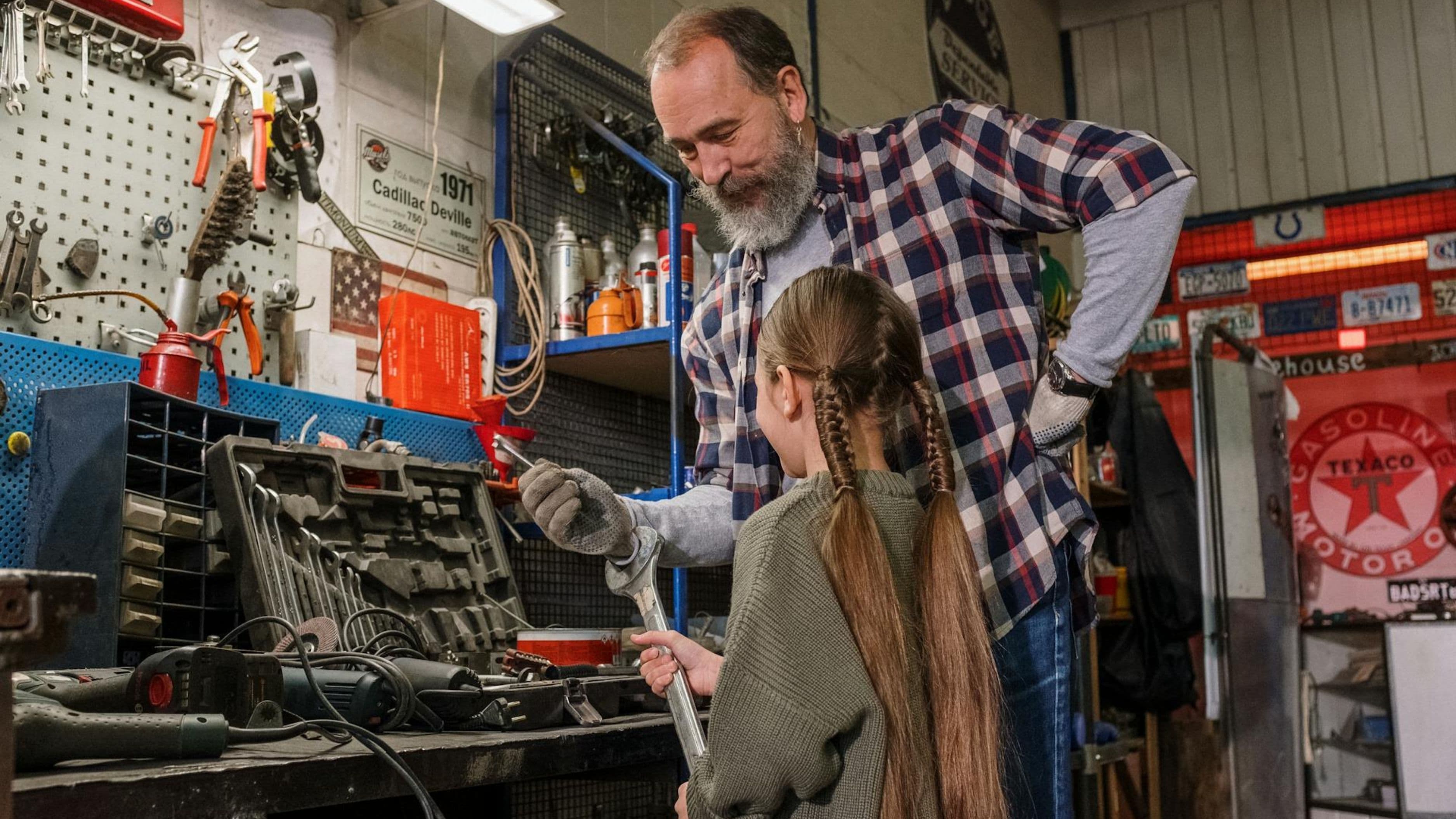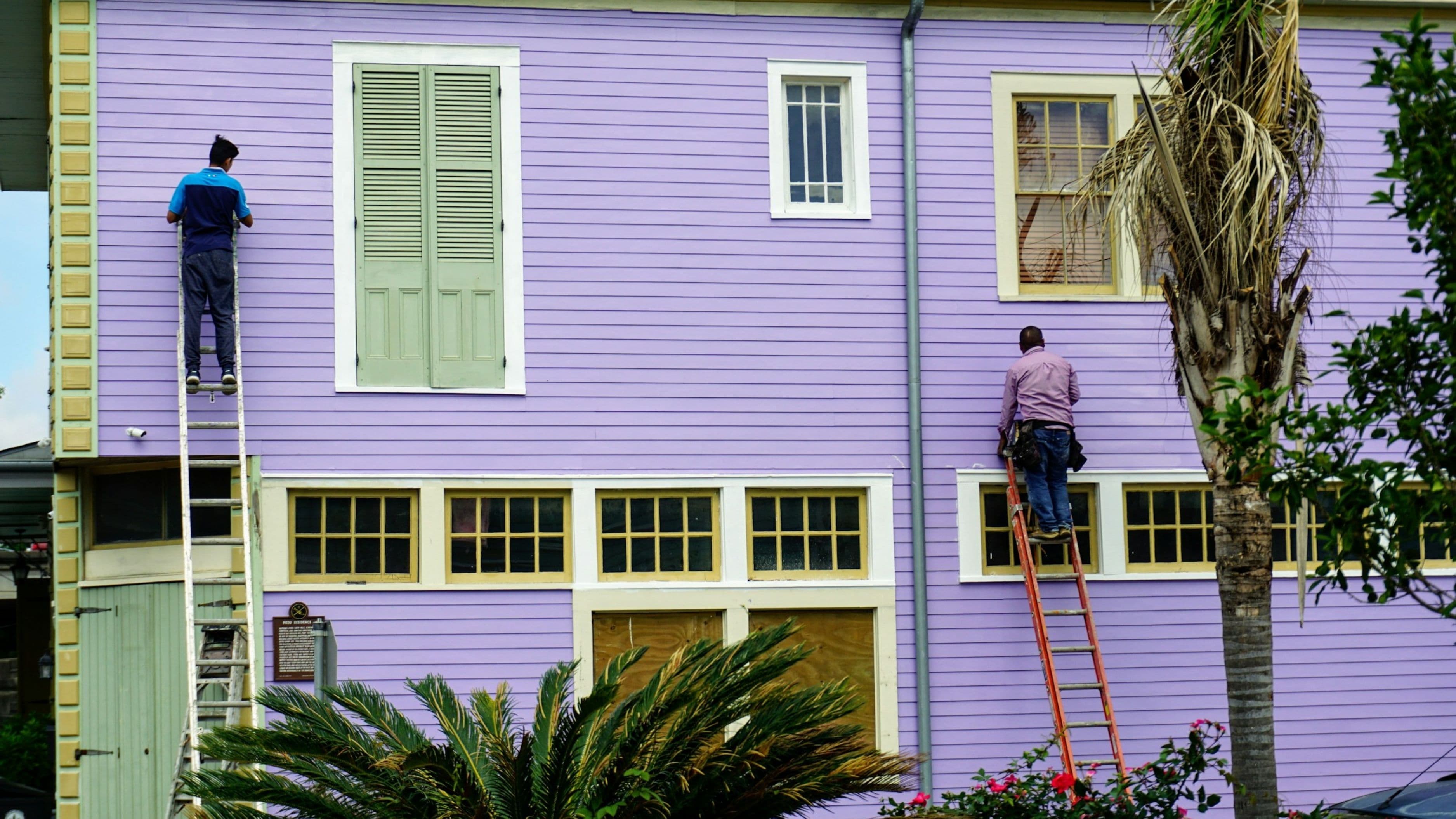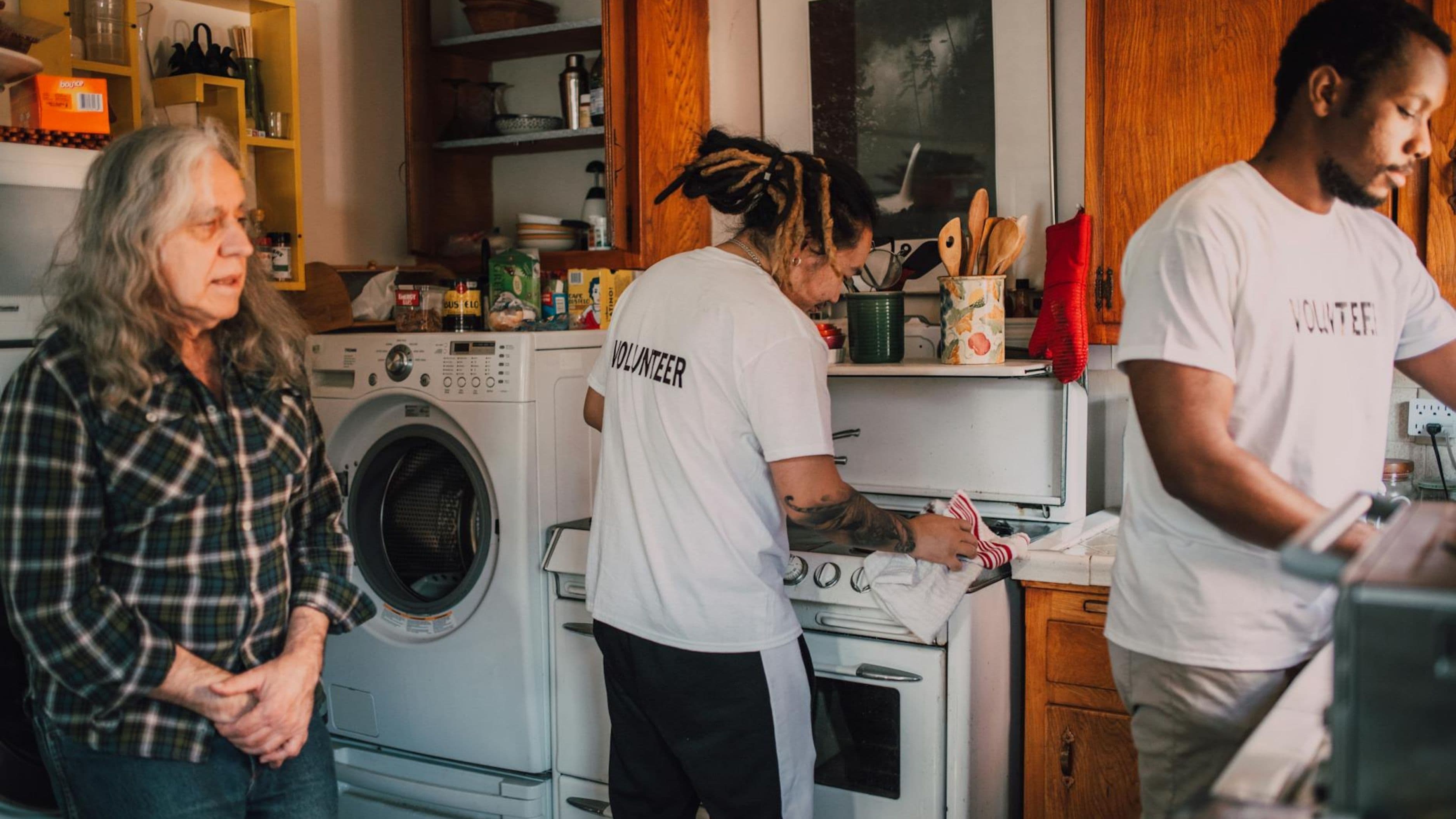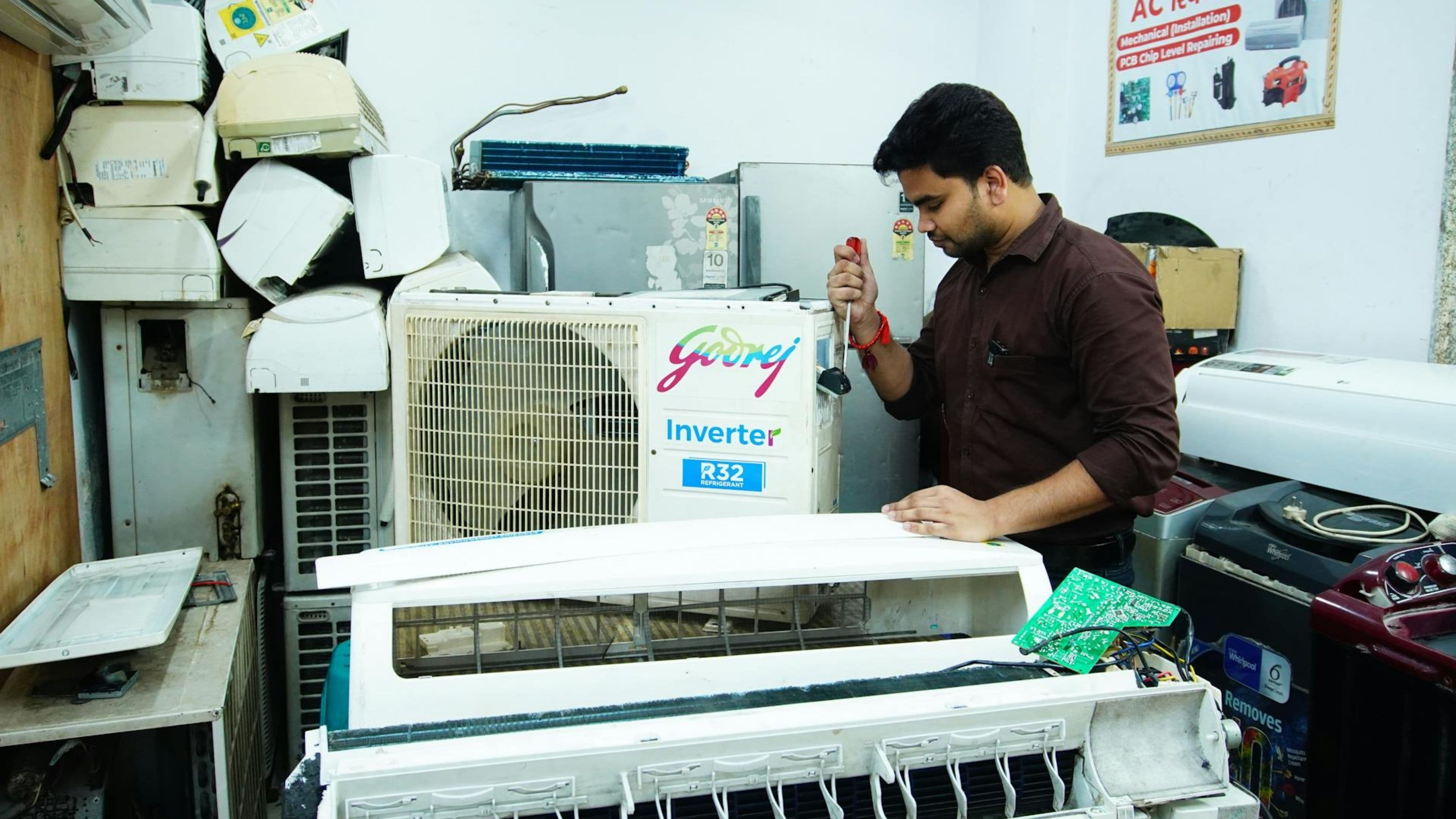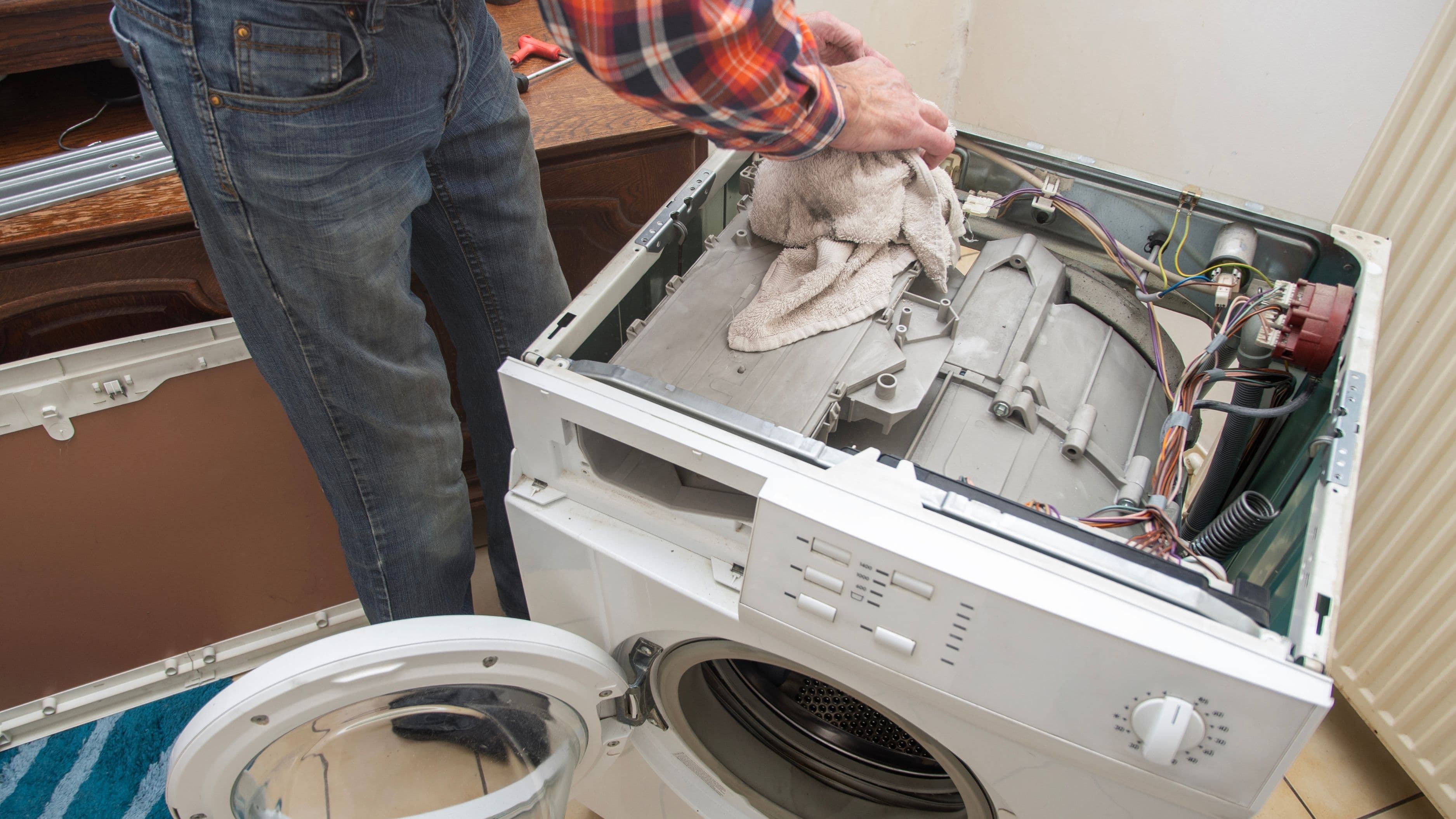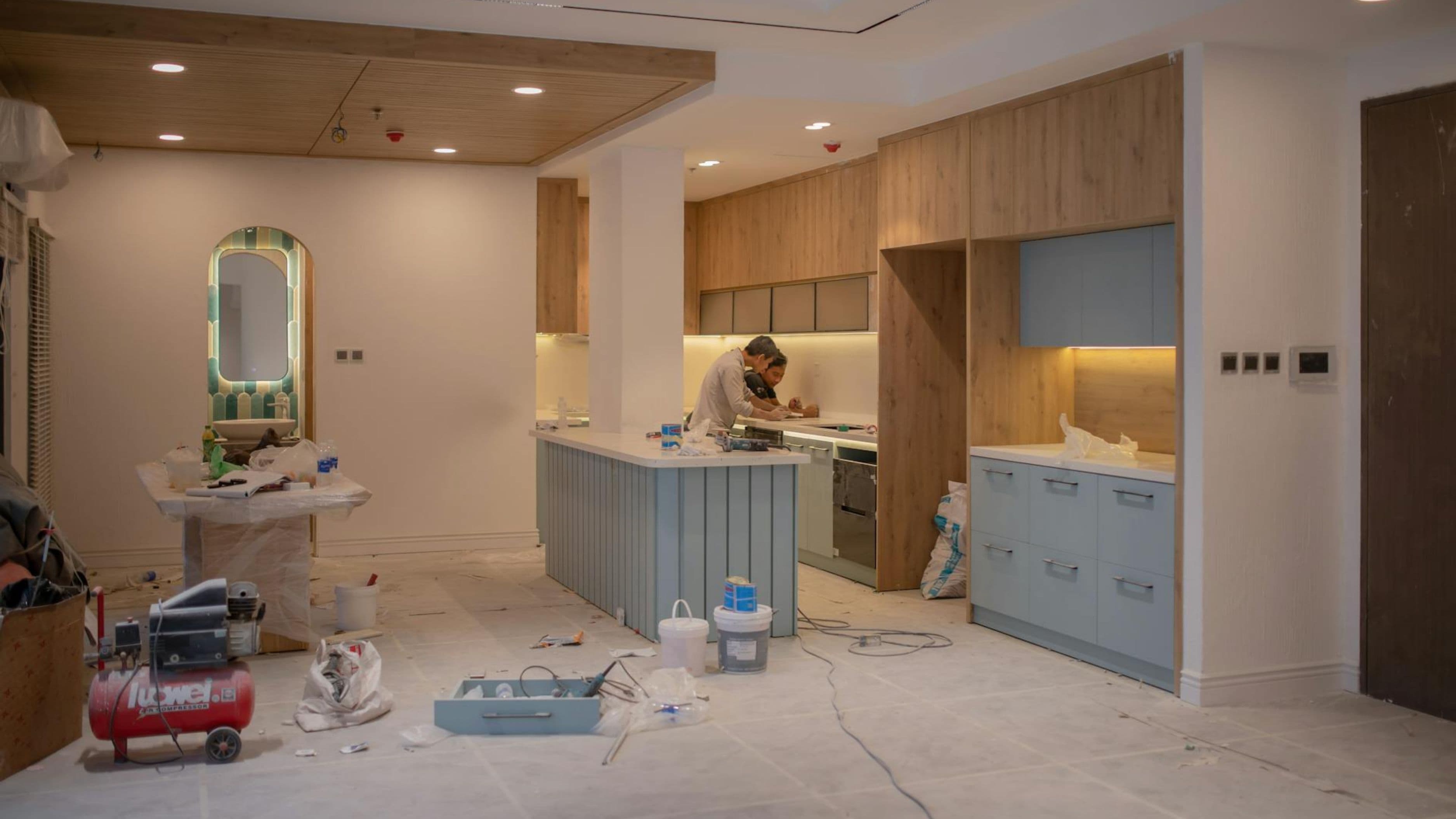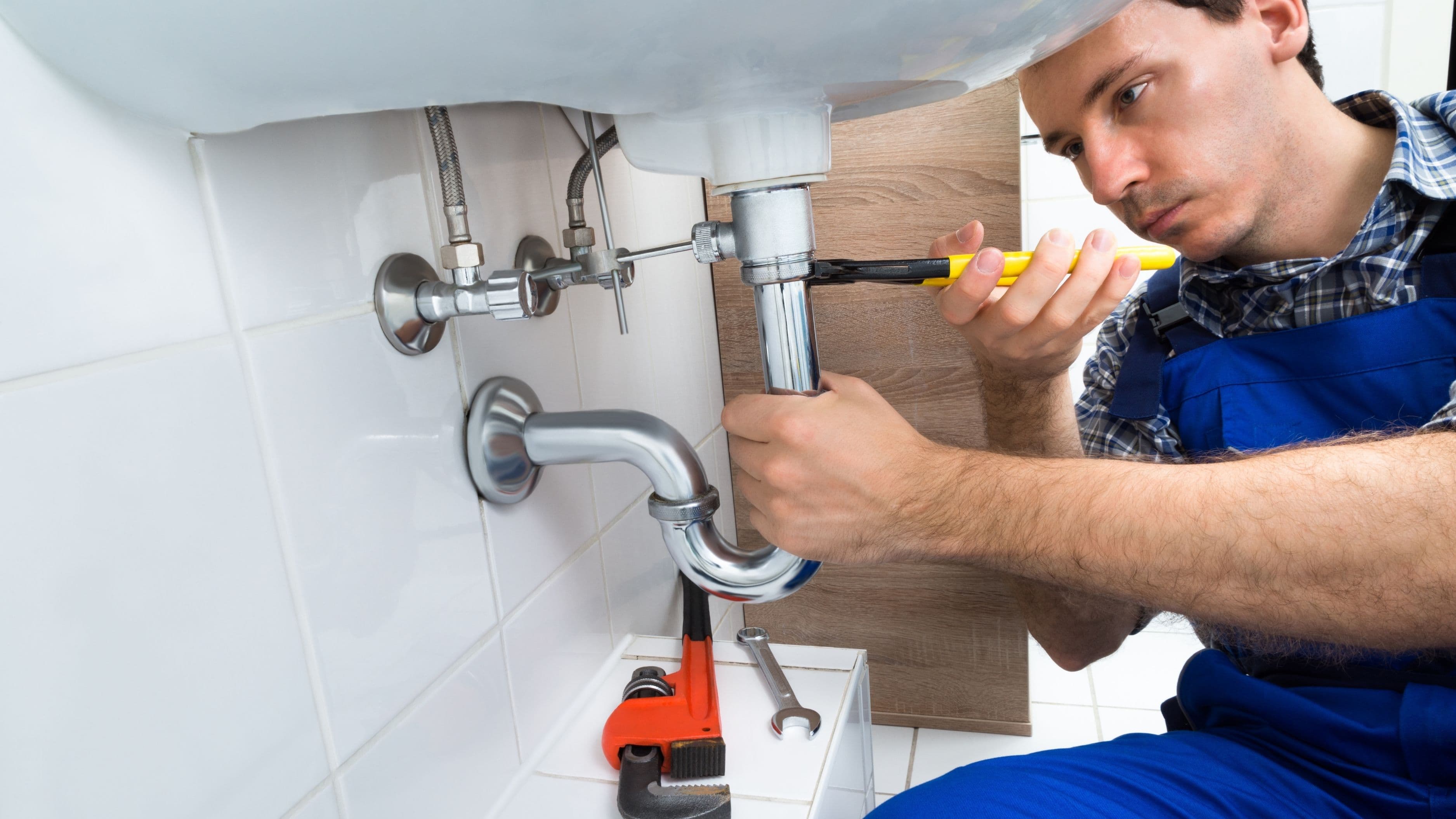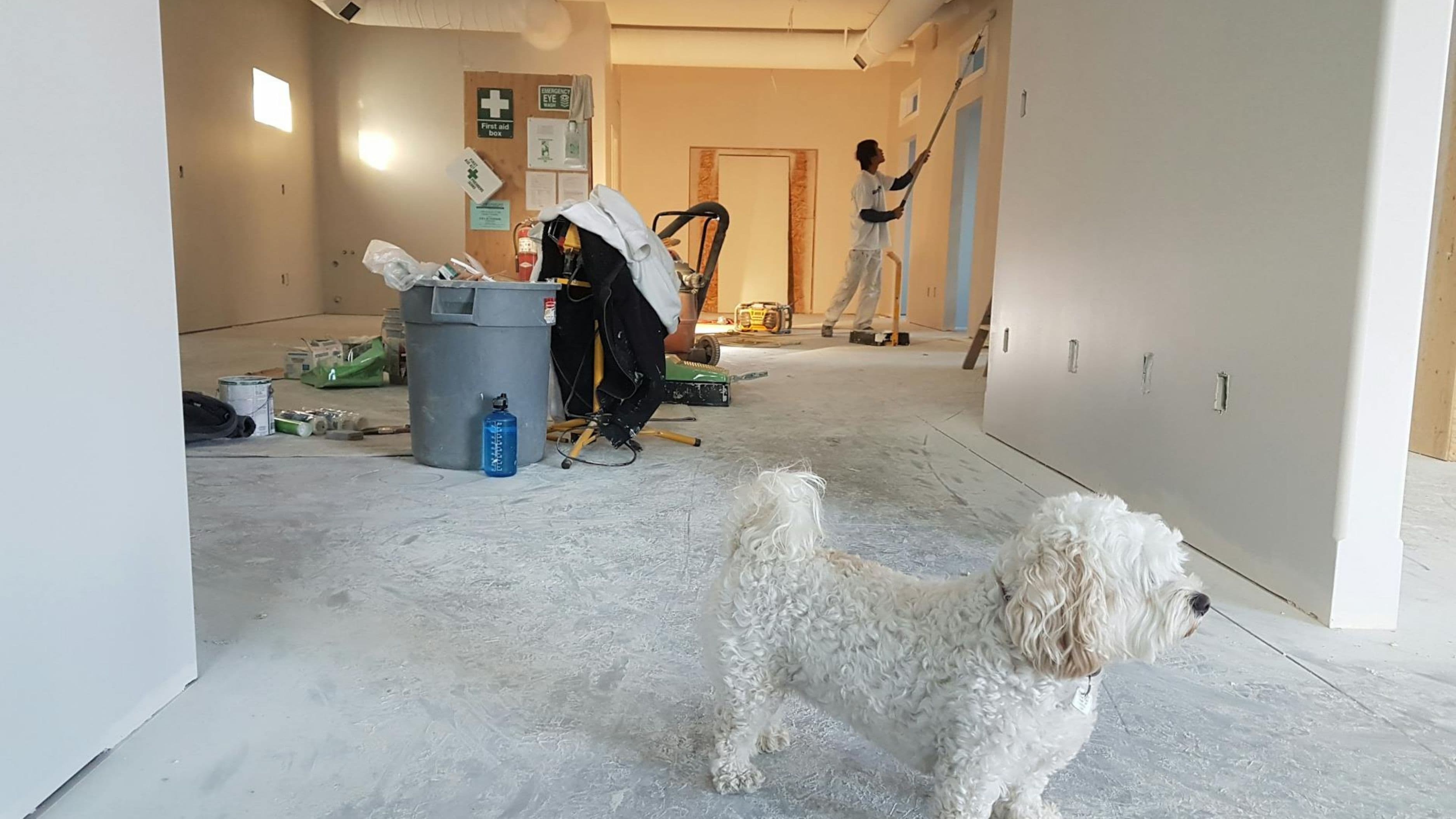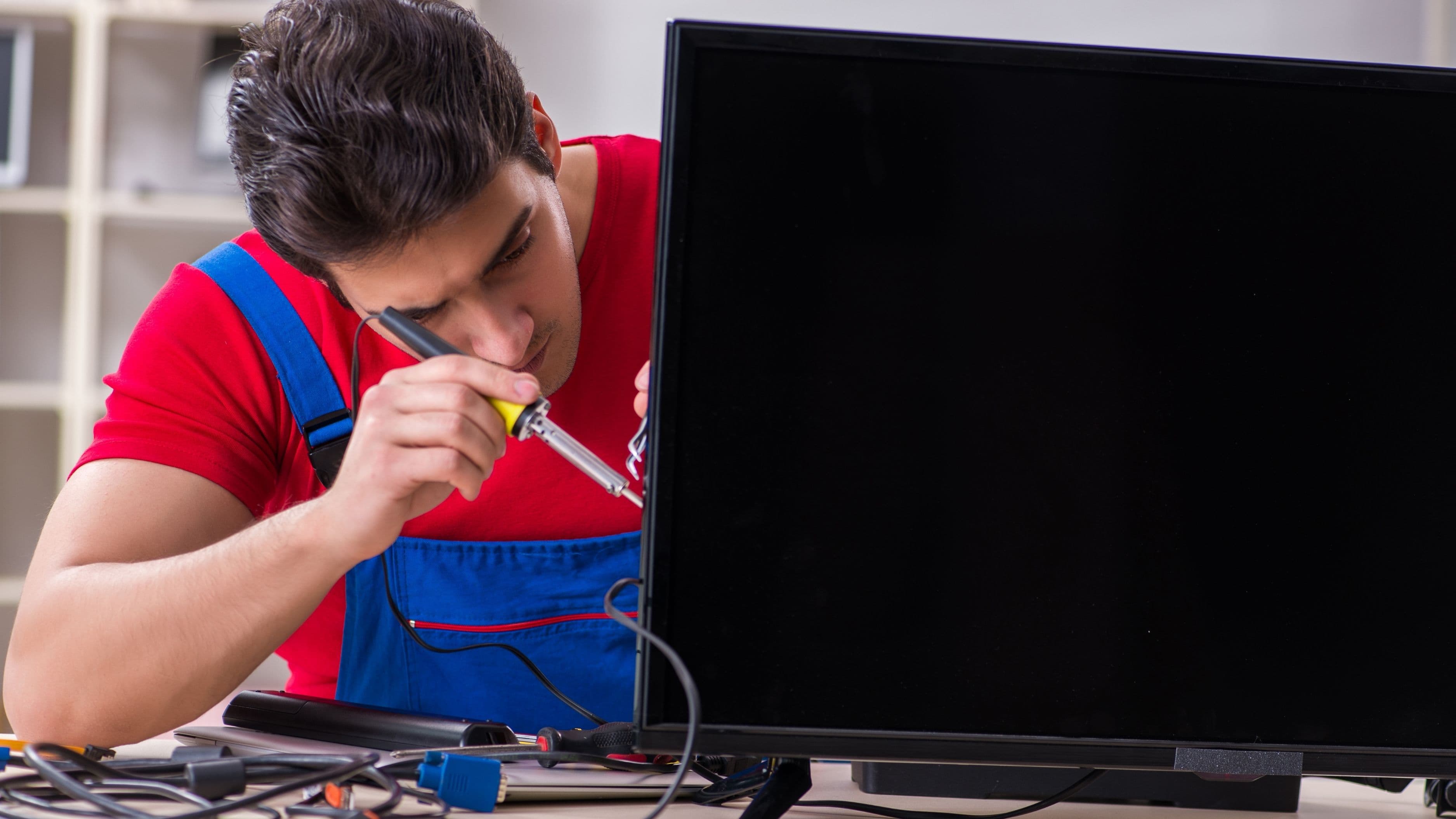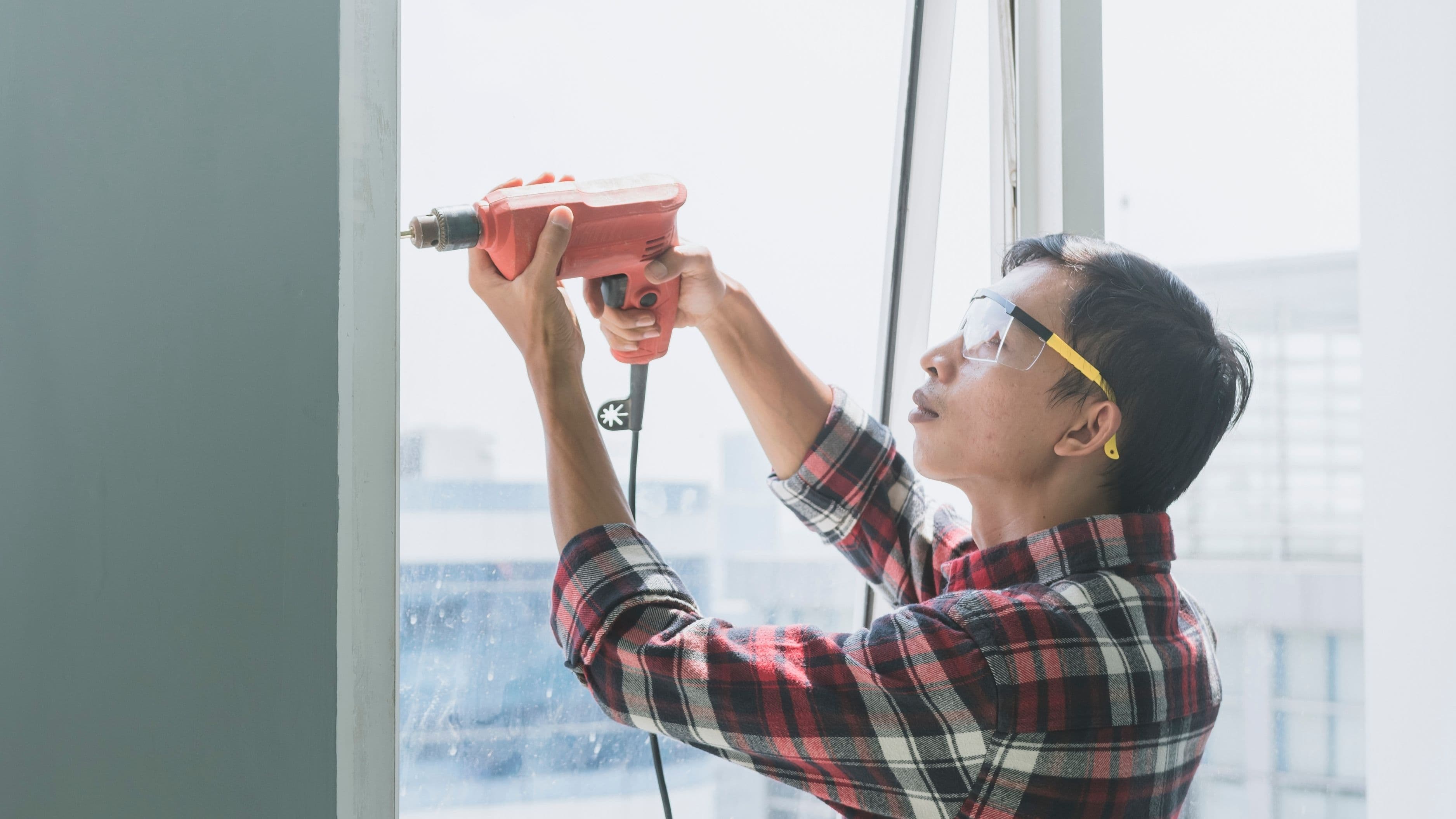The truth is, budgeting for home repairs isn't a one-size-fits-all situation. Sometimes DIY is your wallet's best friend, and sometimes it's a fast track to making things exponentially worse (and more expensive). Let's break down when to roll up your sleeves, when to reach for your phone, and how to make these decisions without breaking the bank or your spirit.
The Real Cost of "Free" DIY
Here's the thing about DIY repairs: they're never actually free. Sure, you're not writing a check to a professional, but you're investing something potentially more valuable—your time. That Saturday afternoon spent wrestling with a toilet mechanism could have been spent with your kids, pursuing a hobby, or even working a side gig that pays actual money. The opportunity cost is real, people.
Then there's the equipment factor. Need to fix a small section of drywall? Great! That'll be a putty knife, joint compound, sandpaper, primer, paint, and probably a trip back to the hardware store for the thing you forgot. Suddenly, your $20 repair has mushroomed into a $75 investment, plus three hours you'll never get back. And if you mess it up? Add another $150 for a professional to fix your fix.
But here's where it gets interesting: if you're planning to tackle similar projects repeatedly, those tool investments start paying dividends. Buy a quality drill once, use it for a decade. That's smart money. The key is being brutally honest about whether this is a one-off situation or the beginning of your home repair journey.
When DIY Makes Total Sense
Some repairs are absolute no-brainers for the DIY approach. Changing air filters, replacing outlet covers, touching up paint, unclogging drains with a plunger—these are the low-hanging fruit of home maintenance. They require minimal tools, minimal skill, and minimal risk. If something goes wrong, the consequences are usually minor and easily correctable.
Furniture assembly falls squarely in this category too. Yes, IKEA instructions can feel like ancient hieroglyphics, but you're unlikely to cause structural damage to your home by incorrectly assembling a bookshelf. The worst-case scenario? It wobbles a bit, and you tighten some screws. According to a survey by HomeAdvisor, homeowners who tackle basic maintenance tasks themselves save an average of $1,200 annually compared to those who outsource everything.
Small cosmetic updates also belong in the DIY column. Painting rooms, installing peel-and-stick backsplash, replacing cabinet hardware, mounting shelves—these projects transform your space without requiring professional expertise. Plus, they're incredibly satisfying. There's something primal about stepping back and thinking, "I did that," even if what you did was just swap out some drawer pulls.
The Hidden Dangers of Going Rogue
Now let's talk about the dark side of DIY enthusiasm. Plumbing, electrical work, and structural modifications are where weekend warriors often meet their match. That confidence you feel after successfully replacing a light fixture? It doesn't automatically transfer to rewiring your kitchen. Electrical work done incorrectly isn't just expensive to fix—it's dangerous. House fires don't care about your budget.
Plumbing presents similar risks, though usually with less fire and more water damage. Cross-threading a pipe, over-tightening connections, or using the wrong materials can lead to leaks that slowly destroy your floors, walls, and sanity. By the time you notice the problem, you're looking at water damage remediation costs that make a plumber's hourly rate look like pocket change.
Then there's the permit situation. Many jurisdictions require permits for electrical, plumbing, and structural work. Skip them, and you might face fines or complications when selling your home. Even worse, insurance companies can deny claims for damage resulting from unpermitted work. That DIY deck you built without permits? It's a liability waiting to happen.
The True Value of Professional Expertise
Professionals bring more than skills to your home—they bring speed and knowledge accumulated over thousands of repairs. What takes you an entire weekend might take them two hours. They know the building codes, own the specialized tools, and can spot related problems you'd never notice. When a plumber fixes your leaky pipe and mentions your water heater is on its last legs, that's valuable intelligence.
There's also the warranty factor. Reputable professionals guarantee their work. If something goes wrong within a specified timeframe, they fix it at no additional cost. Your DIY repairs come with no such safety net. You're the warranty department, the customer service line, and the quality control inspector all rolled into one unpaid package.
Insurance is another consideration. If a professional's work causes damage, their liability insurance covers it. If your ambitious Saturday project floods the basement, you're footing the entire bill. Sometimes paying for peace of mind is the most budget-savvy choice you can make.
Creating Your Decision Framework
So how do you actually decide? Start by honestly assessing three factors: your skill level, available time, and risk tolerance. Can you physically do this repair? Do you have the time not just to complete it, but to research it properly and potentially redo it if necessary? What happens if it goes wrong?
A helpful rule of thumb: if the repair involves safety systems (electrical, plumbing, gas, structural), call a professional. If it's purely cosmetic and reversible, DIY away. The gray area lives in the middle—things like installing ceiling fans, replacing toilets, or building decks. These projects are technically doable for handy homeowners but require significant skill and carry real consequences if done incorrectly.
Budget-wise, consider the 50/50 rule. If professional costs are more than 50% of what the entire fixture or system is worth, DIY might make sense—assuming you have the skills. Paying $300 to repair a $500 appliance? Probably worth attempting yourself. But spending $800 to fix a $1,000 problem? The professional route ensures it's done right the first time.
The Hybrid Approach Nobody Talks About
Here's a strategy that combines the best of both worlds: hire professionals for the technical or risky parts, then handle the finishing touches yourself. Let an electrician run new wiring, then paint and patch the walls yourself. Have a plumber rough in your new sink, then install the faucet and accessories. This approach minimizes risk while maximizing savings.
Another hybrid option is hiring professionals as consultants. Some contractors offer hourly advisory services where they'll walk you through a project, answer questions, and provide guidance. You pay for expertise without paying for labor. It's like having a construction mentor, and it can be invaluable for building confidence and skills.
Don't overlook the power of learning from professionals by watching them work. When you do hire someone, pay attention to their process. Ask questions. Take notes. That $150 you spent to have someone fix your garbage disposal becomes an investment in knowledge when you watch carefully and could handle it yourself next time.
Budgeting Both Approaches Simultaneously
The smartest homeowners budget for both DIY and professional repairs. Set aside a monthly amount specifically for maintenance—maybe $100 to $200 depending on your home's age and condition. Divide this mentally into DIY supplies and professional services. This prevents the panic that comes when your water heater dies and you're scrambling for funds.
Build a DIY toolkit gradually rather than all at once. Start with basics: a quality drill, screwdriver set, hammer, level, tape measure, and pliers. Add specialized tools only as specific needs arise. Borrowing from friends or renting expensive tools for one-off projects beats buying equipment that'll gather dust in your garage for years.
Keep a home repair journal documenting what you've fixed, what it cost, and whether you'd DIY it again. This creates a personalized decision-making guide based on your actual experiences rather than hypothetical scenarios. Over time, you'll identify your sweet spot—the types of repairs where you excel and those better left to professionals.
The Bottom Line on Budgeting
At the end of the day, budgeting for home repairs isn't about choosing exclusively between DIY or professional—it's about knowing which approach fits which situation. Your goal isn't to become a licensed contractor; it's to maintain your home efficiently without going broke or losing your mind in the process.
Start small with DIY projects, build your confidence and skills, and gradually expand your capabilities. But always maintain a healthy respect for your limitations. There's no shame in calling a professional—in fact, knowing when to make that call is a sign of wisdom, not weakness. Your home doesn't need you to be a hero; it needs you to be smart. And being smart sometimes means knowing exactly when to put down the tools and pick up the phone.
📚 Sources
1. HomeAdvisor. "True Cost Guide: Home Maintenance and Repair Statistics." HomeAdvisor Research, 2023.
🔍 Explore Related Topics


